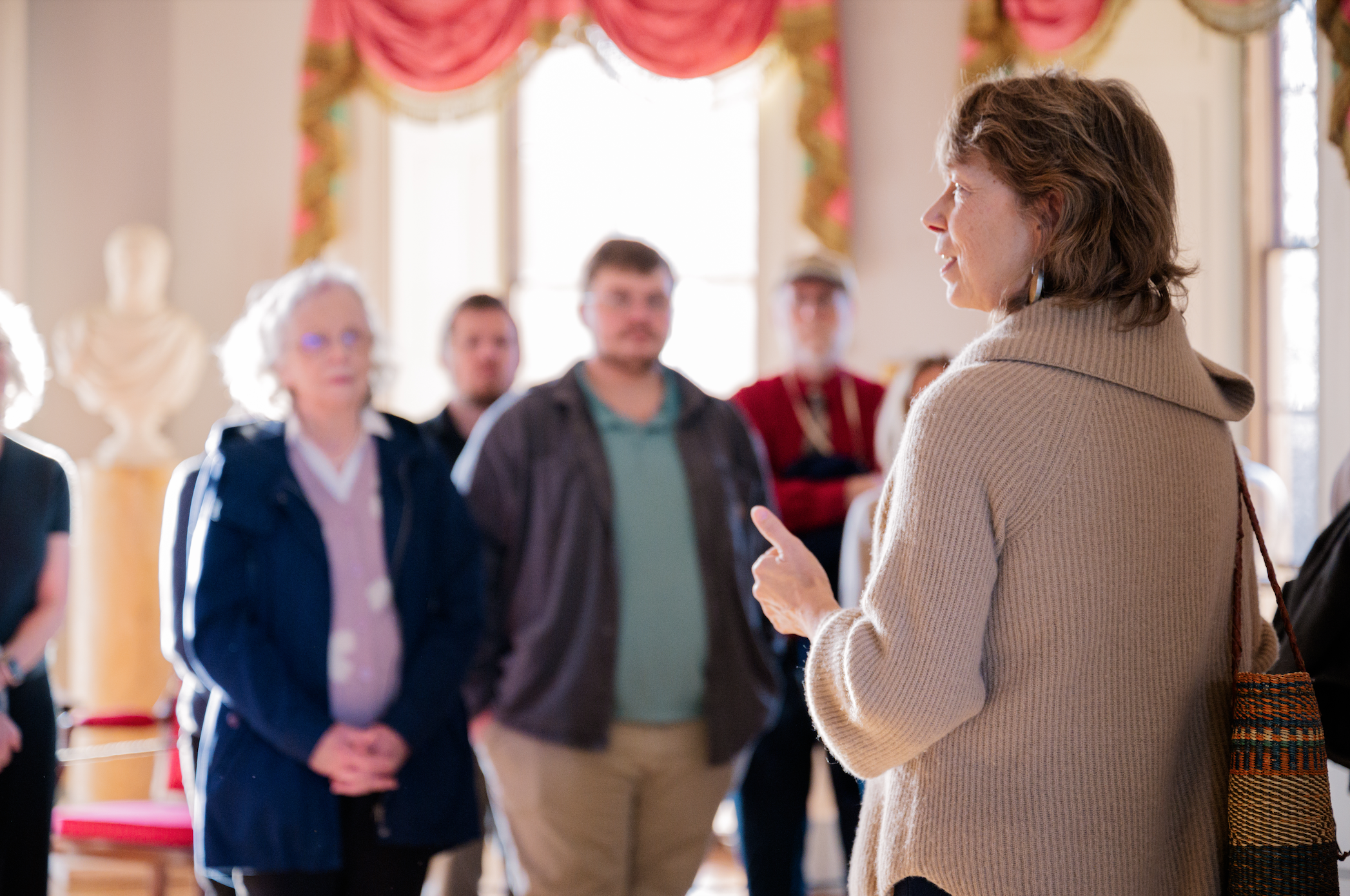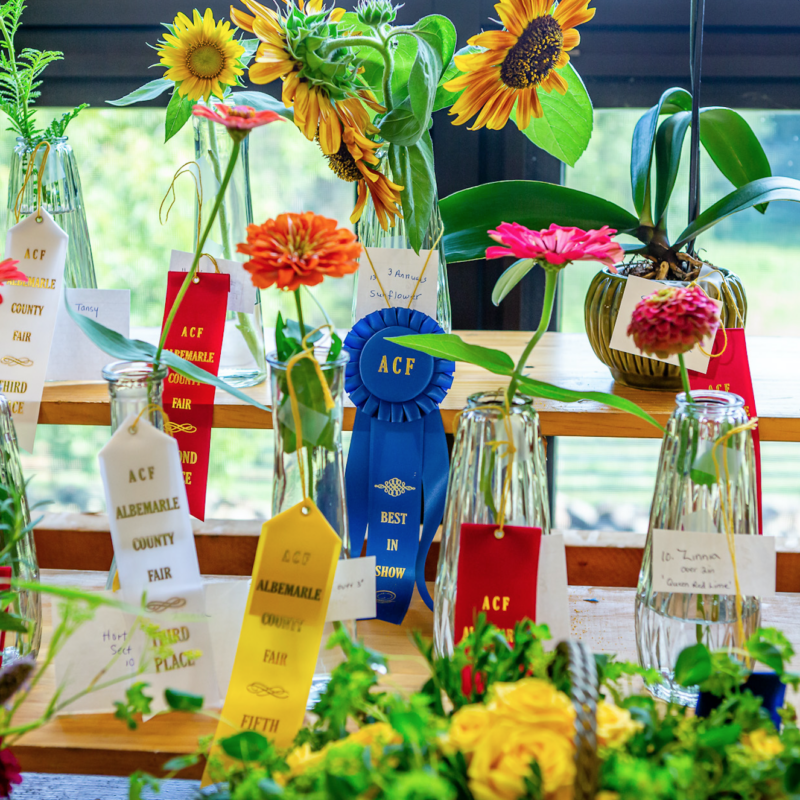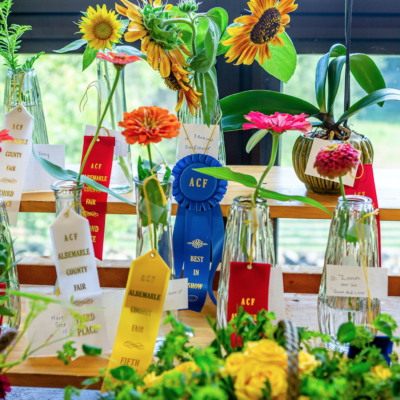How green do you want to be? If you’re a real eco-oenophile, then you need to check out biodynamic wine. Part plain ol’ organic-ness and part hippie-dippy magic, biodynamic farming is mocked by some for following moon phases and for its use of creative fertilization. Mockery aside, the crazy thing is that some of the best winemakers in the world are believers and the wines they produce are amazing. Perhaps the hippies are right; biodynamic viticulture just might work.
|
Austrian winemaker Werner Michlits, seen here at his biodynamic winery, Meinklang, likes to show off his cow poop in a stone cave below the winery. |
Biodynamic agriculture approaches a farm as a living organism. The idea: to keep that organism healthy. As you might expect, pesticides aren’t allowed, but biodynamics goes beyond organic into the realm of the spiritual. Planting, harvesting—all the stages of vine cultivation—are done according to the astrological calendar, so when there’s a planting moon, you get out there and plant, sometimes by the light of said moon. Even weirder, biodynamic agriculture involves a lot of burying things in other things, like oak bark in the skull of a domestic animal, yarrow flowers in a deer bladder, or cow poop in cow horns. Composting is very important. The oak bark, yarrow flowers and cow poop are dug up and mixed in water and sprayed over the plants. Honestly, I think it sounds as full of shit as the aforementioned cow horn.
But maybe that’s O.K.
While touring Austrian wine country in January, I visited Meinklang, a biodynamic winery run by Werner Michlits. In a stone cave below the winery, Michlits showed off his magic cow poop. It comes from bovines that live on his farm, and he ages and ferments it in horns from those very same cows. The manure is then rolled into small, hardened balls, which he hands to visitors quite enthusiastically. They were cold and smooth and smelled clean. Michlits calls the practice of using natural and local components in compost “informational fertilizer.” Imagine all the elements of the local eco-system as data points; by spreading that data across the vines, he says, he’s teaching the soil about itself.
The most complete list I’ve seen of full or partial biodynamic wineries lists 520 worldwide (only one is listed for Virginia: Markham’s Chateau O’Brien). Scanning the names, it’s hard to dispute that something about biodynamics must work. Winemakers all over the world are starting to realize that biodynamic wines are different; they taste more alive, more real. But whether the wine is better due to basic organic farming and meticulous care, or whether it’s because of the burying of shit-stuffed cow horns and midnight practices, nobody really knows. Not all wineries that label themselves biodynamic go the full cow-horn route. Some winemakers are true believers, while others simply make the effort because it seems to show in the wine.
I don’t tolerate mumbo-jumbo, as you might have gathered by now, but I do believe in good wine. Meinklang was one of the best wineries I visited in Austria, and Michlits’ belief in biodynamics comes through in everything he does. All jokes aside, I still remember those balls of aged earth and cow poop and how they smelled—pure, undiluted earth that knows itself very, very well.





